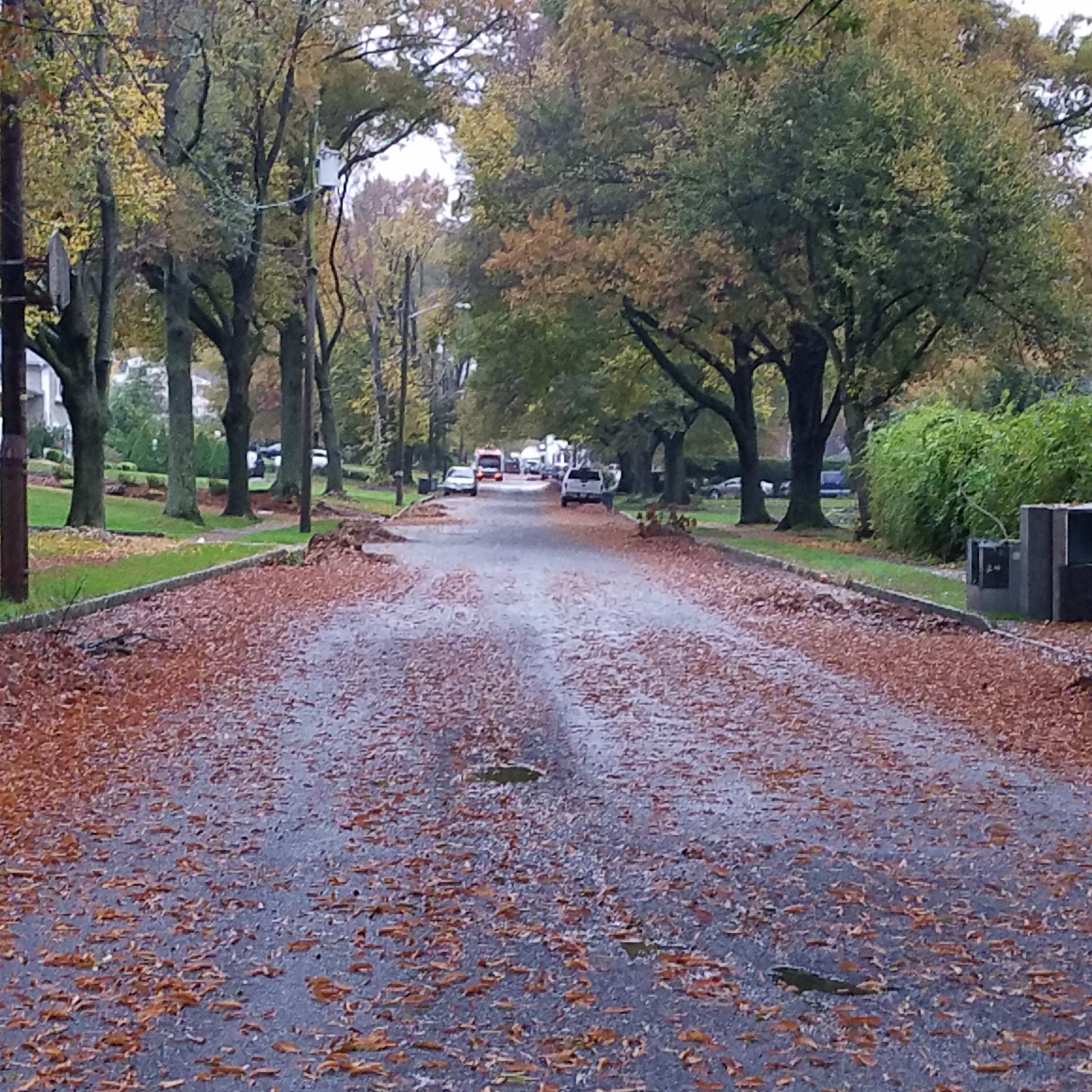Fall means darkness, leaves, sun glare, rain, fog and deer. We mean that fall brings unique hazards to roads such as falling leaves on the road, deer are more active, and a darker commute to and from work and school. Here is a reminder of what makes fall driving hazardous and what you can do to prevent crashes.
Leaves
As leaves begin to fall, they make streets and roads slick, especially when it rains. Leaves also obscure traffic markings and hide potholes and other road hazards.
And where there are turning leaves, there are “leaf peepers”. These drivers tend to crawl along the roads and make unpredictable stops to admire the changing foliage. If you're driving behind a car with out-of-state plates, give them a little extra space just in case they stop short for a photo.
Rain
In fall, rain is quite common, which can make visibility difficult and may cause hydroplaning. If it’s an especially chilly day, rain can turn to frost. Be alert, give yourself enough time/distance to stop and avoid braking suddenly (unless you have to). Keep in mind that the first ten minutes after a light rain is the most dangerous due to the build-up of oil and dirt that has yet to be washed away.
Deer
The fall season brings an increase in deer activity because it's their time for mating and migrating. If you live in a deer-heavy area, watch for darting deer, especially when driving at night. Whitetail deer eyes reflect back headlights as white, green, blue or yellow. If you see one deer, be on the lookout for others following them or further down the road. According to the Insurance Information Institute, 1.6 billion deer-vehicle collisions occur each year, resulting in 200 fatalities, tens of thousands of injuries and over $3.6 billion in vehicle damage.
Here is a tip from a few sources: If you see a deer in the roadway, brake, honk, stay centered in your lane and don’t swerve. If those actions don’t work, hit the deer. Cars can be fixed or replaced. Head on collisions with other moving vehicles and fixed objects (trees, guardrails, parked cars and more) are deadlier than hitting deer that might get out of your path anyway. Here is a helpful video:
Fog
Cold fall mornings often lead to fog, which can greatly limit your driving visibility and perception of distance. Fog tends to occur in low places or areas surrounded by hills, water, mountains, and trees. One common mistake drivers make during foggy conditions is putting on their high beams instead of staying with their low beams. This only makes visibility worse because your high beams will bounce off the fog and create glare.
When driving through fog, make sure your headlights are on, slow down and stay well behind the car in front of you so you'll have adequate time to stop if you need to.
Sun Glare
Fall is also a bad time for sun glare on the roads. Sun glare can impact your sight for seconds after exposure, making it hard to see pedestrians, oncoming traffic, or the car in front of you. According to the National Highway Traffic Safety Administration, drivers describe being "blinded" after exposure, and this sometimes leads to accidents or close calls.
Slow down, increase your following distance (see 3-second rule below), adjust your sun visor, put on (polarized) sunglasses, and keep windshield clean (inside and out) are actions you can take to mitigate this hazard.
Frost
As temperatures decrease, the chance of frost on the road and your windshield increases. Take the time to defrost your windshield before driving and keep in mind shaded areas of the road usually experience most frost/ice.
Fall Driving Tips Summary
- Watch your speed: Drive a bit slower when faced with fall driving hazards, especially if you're driving around a school bus.
- Keep your distance: Leave a little more space between you and the car in front on rainy or foggy days, during dawn or dusk, and in areas with wet leaves. This will give you more time to react. Add a second to your 3-second rule for each additional road condition (rain, fog, leaves). Here is a helpful video:
- Stick with low beams: Keep your headlights on low when driving in the fog (and rain). High beams will only cause glare.
- Clean your windshield, inside and out: When your windshield's illuminated by sunlight, dust particles, streaks, and smudges become magnified, making it hard to see the road. Also, greasy inside windshields defog slower.
- Clear frost/fog away from your windows: Fog/Frost can reduce visibility and response time on the road.
- Approach traffic lights carefully: Sun glare can make it harder to see traffic lights change, so approach them with more than the normal care.
- Watch for wildlife: especially in the early morning and evening hours. Remember, if a deer is in your path: brake, flash headlights, honk horn, stay in lane – don’t swerve, then, hit the deer.
- Check your tire pressure more often: Since fall weather rapidly changes from warm to cold, your tires will often expand and contract. This can lead to a loss of pressure.







